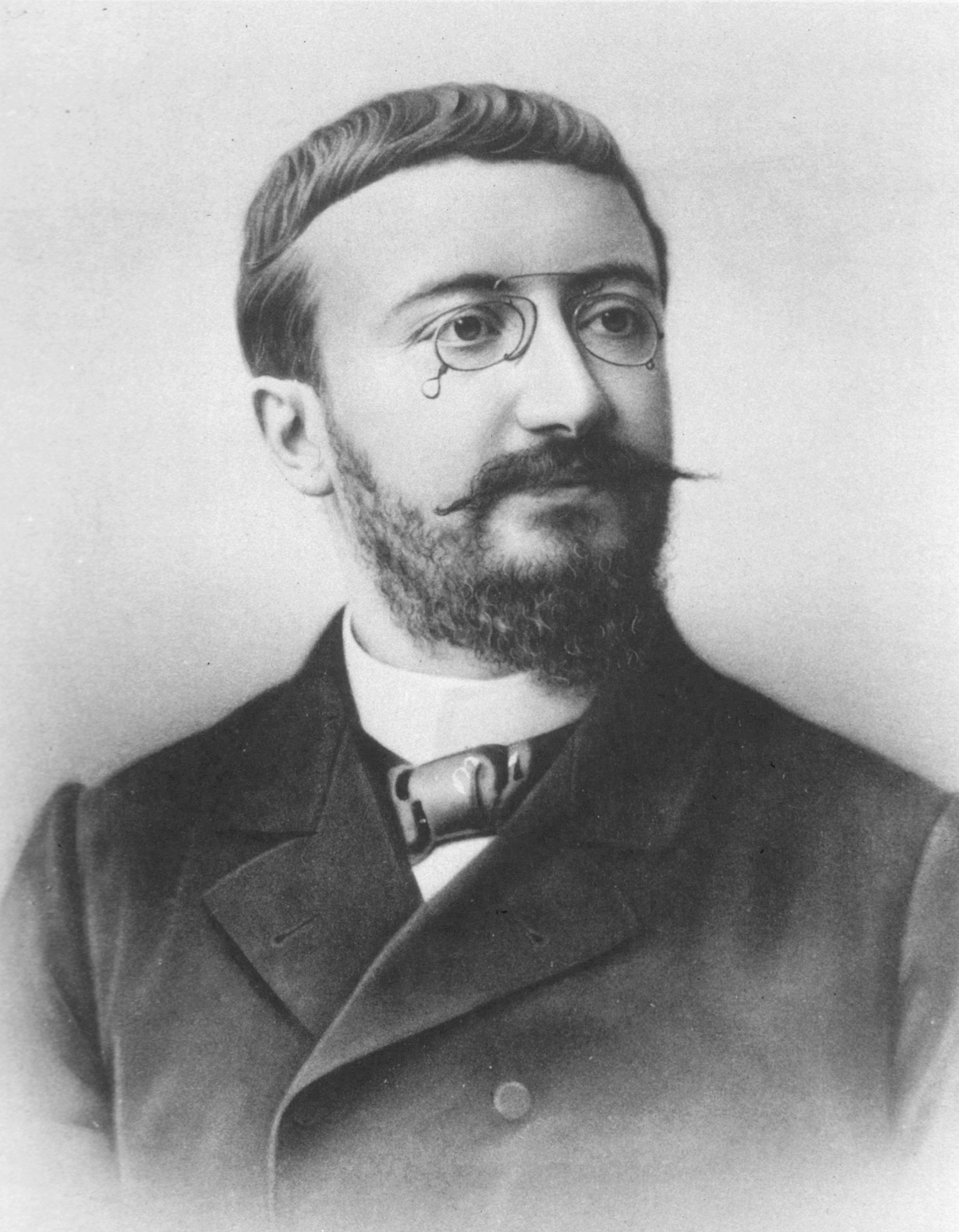|
Peter Saville (psychologist)
Peter Francis Saville (26 October 1946 – 5 January 2022) was a British chartered occupational psychologist specialising in psychometrics, personality and talent management. He co-founded Saville and Holdsworth Ltd (SHL) in 1977. He was founder and chairman of the Saville Consulting Group from 2006 to 2015 when it was sold to Towers Watson (now Willis Towers Watson). Saville was an instigator of psychometric testing in the modern workplace and held an Academic Fellowship of the Chartered Institute of Personnel and Development for Leadership and Research Innovation. Early life and education Saville was born in Park Royal, London, to a Welsh mother, Winifred Violet Saville, from Rhossili, Gower Peninsula, and an English father, John Edward Saville, from Chiswick, London. He grew up in Alperton, London. Great Ormond Street Hospital treated Saville for congenital scoliosis from six months of age. The doctors pronounced him cured at the age of seven. As a child, he showed ... [...More Info...] [...Related Items...] OR: [Wikipedia] [Google] [Baidu] |
Professor
Professor (commonly abbreviated as Prof.) is an Academy, academic rank at university, universities and other post-secondary education and research institutions in most countries. Literally, ''professor'' derives from Latin as a "person who professes". Professors are usually experts in their field and teachers of the highest rank. In most systems of List of academic ranks, academic ranks, "professor" as an unqualified title refers only to the most senior academic position, sometimes informally known as "full professor". In some countries and institutions, the word "professor" is also used in titles of lower ranks such as associate professor and assistant professor; this is particularly the case in the United States, where the unqualified word is also used colloquially to refer to associate and assistant professors as well. This usage would be considered incorrect among other academic communities. However, the otherwise unqualified title "Professor" designated with a capital let ... [...More Info...] [...Related Items...] OR: [Wikipedia] [Google] [Baidu] |
Dyslexia
Dyslexia, also known until the 1960s as word blindness, is a disorder characterized by reading below the expected level for one's age. Different people are affected to different degrees. Problems may include difficulties in spelling words, reading quickly, writing words, "sounding out" words in the head, pronouncing words when reading aloud and understanding what one reads. Often these difficulties are first noticed at school. The difficulties are involuntary, and people with this disorder have a normal desire to learn. People with dyslexia have higher rates of attention deficit hyperactivity disorder (ADHD), developmental language disorders, and difficulties with numbers. Dyslexia is believed to be caused by the interaction of genetic and environmental factors. Some cases run in families. Dyslexia that develops due to a traumatic brain injury, stroke, or dementia is sometimes called "acquired dyslexia" or alexia. The underlying mechanisms of dyslexia result from differ ... [...More Info...] [...Related Items...] OR: [Wikipedia] [Google] [Baidu] |
Big Five Personality Traits
The Big Five personality traits is a suggested taxonomy, or grouping, for personality traits, developed from the 1980s onward in psychological trait theory. Starting in the 1990s, the theory identified five factors by labels, for the US English speaking population, typically referred to as: * openness to experience (inventive/curious vs. consistent/cautious) *conscientiousness (efficient/organized vs. extravagant/careless) * extraversion (outgoing/energetic vs. solitary/reserved) * agreeableness (friendly/compassionate vs. critical/rational) * neuroticism (sensitive/nervous vs. resilient/confident) When factor analysis (a statistical technique) is applied to personality survey data, it reveals semantic associations: some words used to describe aspects of personality are often applied to the same person. For example, someone described as conscientious is more likely to be described as "always prepared" rather than "messy". These associations suggest five broad dimensions used i ... [...More Info...] [...Related Items...] OR: [Wikipedia] [Google] [Baidu] |
Five-factor Model
The Big Five personality traits is a suggested taxonomy, or grouping, for personality traits, developed from the 1980s onward in psychological trait theory. Starting in the 1990s, the theory identified five factors by labels, for the US English speaking population, typically referred to as: * openness to experience (inventive/curious vs. consistent/cautious) *conscientiousness (efficient/organized vs. extravagant/careless) * extraversion (outgoing/energetic vs. solitary/reserved) * agreeableness (friendly/compassionate vs. critical/rational) * neuroticism (sensitive/nervous vs. resilient/confident) When factor analysis (a statistical technique) is applied to personality survey data, it reveals semantic associations: some words used to describe aspects of personality are often applied to the same person. For example, someone described as conscientious is more likely to be described as "always prepared" rather than "messy". These associations suggest five broad dimensions used i ... [...More Info...] [...Related Items...] OR: [Wikipedia] [Google] [Baidu] |
Factor Analysis
Factor analysis is a statistical method used to describe variability among observed, correlated variables in terms of a potentially lower number of unobserved variables called factors. For example, it is possible that variations in six observed variables mainly reflect the variations in two unobserved (underlying) variables. Factor analysis searches for such joint variations in response to unobserved latent variables. The observed variables are modelled as linear combinations of the potential factors plus "error" terms, hence factor analysis can be thought of as a special case of errors-in-variables models. Simply put, the factor loading of a variable quantifies the extent to which the variable is related to a given factor. A common rationale behind factor analytic methods is that the information gained about the interdependencies between observed variables can be used later to reduce the set of variables in a dataset. Factor analysis is commonly used in psychometrics, persona ... [...More Info...] [...Related Items...] OR: [Wikipedia] [Google] [Baidu] |
Claus Moser
Claus Adolf Moser, Baron Moser, (24 November 1922 – 4 September 2015) was a British statistician who made major contributions in both academia and the Civil Service. He prided himself rather on being a non-mathematical statistician, and said that the thing that frightened him most in his life was when Maurice Kendall asked him to teach a course on analysis of variance at the LSE. Life Claus Adolf Moser was born in Berlin in 1922. His father was Dr Ernst (Ernest) Moser (1885–1957), owner of the private bank Ernst Moser & Co. in Berlin (est. 1902, liquidated in 1938). His mother was Lotte (née Goldberg, 1897–1976), a talented amateur musician. In 1936 he moved to England with his parents and his brother Heinz Peter August. He went to Frensham Heights School and the London School of Economics (LSE). Despite being Jewish, in 1940, he was interned as an enemy alien in Huyton Camp. After four months, he was released and served in the Royal Air Force, 1943–1946. He then retu ... [...More Info...] [...Related Items...] OR: [Wikipedia] [Google] [Baidu] |
Charles Samuel Myers
Charles Samuel Myers, CBE, FRS (13 March 1873 – 12 October 1946) was an English physician who worked as a psychologist. Although he did not invent the term, his first academic paper, published by ''The Lancet'' in 1915, concerned ''shell shock''. In 1901 he was one of the ten founding members of The Psychological Society, which would later become the British Psychological Society. In 1921 he was co-founder of the National Institute of Industrial Psychology. Biography Family background Myers was born in Kensington, London on 13 March 1873, the eldest son of Wolf Myers, a merchant, and his wife, Esther Eugenie Moses. His family was Jewish. In the 1881 census he is an 8-year-old scholar living at 27 Arundel Gardens, Kensington, London with his parents, 4 brothers and 4 servants. In the 1891 census he was a scholar, aged 18 living at 49 Leinster Gardens, Paddington, London, with his parents, 4 brothers, a visitor, and 4 servants (cook, housemaid, parlourmaid, and ladies' ... [...More Info...] [...Related Items...] OR: [Wikipedia] [Google] [Baidu] |
National Foundation For Educational Research
The National Foundation for Educational Research (NFER) is an educational research organisation which gathers evidence and research to inform educational policy and school services. The foundation is not an examination board, however they provide paper-based end of year assessments (NFER tests) for Primary school, primary schools in England and Wales. Originally founded in 1946 as the centre for educational research and development in England and Wales, the NFER's head office is located at 'The Mere' in Slough, Berkshire, England. The foundation also has an office in York. The foundation's work includes educational research, evaluation of education and training programmes, and the development of assessments and specialist information services. The NFER also sponsors the CERUKplus (Current Educational Research in the UK) database, which contains details of current or on-going research in education and related disciplines, and hosts the EURYDICE Unit for England, Wales and North ... [...More Info...] [...Related Items...] OR: [Wikipedia] [Google] [Baidu] |
Brunel University London
Brunel University London is a Public university, public Research universities, research university located in the Uxbridge area of London, England. It was founded in 1966 and named after the Victorian era, Victorian engineer and pioneer of the Industrial Revolution, Isambard Kingdom Brunel. In June 1966, Brunel College of Advanced Technology was awarded a royal charter and became Brunel University. The university is often described as a British plate glass university. Brunel is organised into three colleges, a structure adopted in August 2014 which also changed the university's name to Brunel University London. Brunel has over 16,150 students and 2,500 staff, and had a total income of £237 million in 2019–20, of which 30% came from grants and research contracts. Brunel has three constituent Academic Colleges: the College of Business, Arts and Social Sciences; the College of Engineering, Design and Physical Sciences; and the College of Health, Medicine and Life Sciences. Brunel ... [...More Info...] [...Related Items...] OR: [Wikipedia] [Google] [Baidu] |
Master Of Philosophy
The Master of Philosophy (MPhil; Latin ' or ') is a postgraduate degree. In the United States, an MPhil typically includes a taught portion and a significant research portion, during which a thesis project is conducted under supervision. An MPhil may be awarded to postgraduate students after completing taught coursework and one to two years of original research, which may also serve as a provisional enrolment for a PhD programme. Australia In Australia, the Master of Philosophy is a research degree which mirrors a Doctorate of Philosophy ( PhD) in breadth of research and structure. Candidates are assessed on the basis of a thesis. A standard full-time degree often takes two years to complete. Belgium and Netherlands In Belgium and the Netherlands, the MPhil is a special research degree, and is only awarded by selected departments of a university (mostly in the fields of arts, social sciences, archaeology, philosophy and theology). Admission to these programmes is highly selective ... [...More Info...] [...Related Items...] OR: [Wikipedia] [Google] [Baidu] |
Swiss Cheese Model
The Swiss cheese model of accident causation is a model used in risk analysis and risk management, including aviation safety, engineering, healthcare, emergency service organizations, and as the principle behind layered security, as used in computer security and defense in depth. It likens human systems to multiple slices of Swiss cheese, stacked side by side, in which the risk of a threat becoming a reality is mitigated by the differing layers and types of defenses which are "layered" behind each other. Therefore, in theory, lapses and weaknesses in one defense do not allow a risk to materialize, since other defenses also exist, to prevent a single point of failure. The model was originally formally propounded by James T. Reason of the University of Manchester, and has since gained widespread acceptance. It is sometimes called the "cumulative act effect". Although the Swiss cheese model is respected and considered to be a useful method of relating concepts, it has been subjec ... [...More Info...] [...Related Items...] OR: [Wikipedia] [Google] [Baidu] |
IQ Test
An intelligence quotient (IQ) is a total score derived from a set of standardized tests or subtests designed to assess human intelligence. The abbreviation "IQ" was coined by the psychologist William Stern (psychologist), William Stern for the German language, German term ''Intelligenzquotient'', his term for a scoring method for intelligence tests at University of Wrocław, University of Breslau he advocated in a 1912 book. Historically, IQ was a score obtained by dividing a person's mental age score, obtained by administering an intelligence test, by the person's chronological age, both expressed in terms of years and months. The resulting fraction (quotient) was multiplied by 100 to obtain the IQ score. For modern Intelligence quotient#Current tests, IQ tests, the Test score, raw score is Data transformation (statistics), transformed to a normal distribution with mean 100 and standard deviation 15. This results in approximately two-thirds of the population scoring between I ... [...More Info...] [...Related Items...] OR: [Wikipedia] [Google] [Baidu] |




